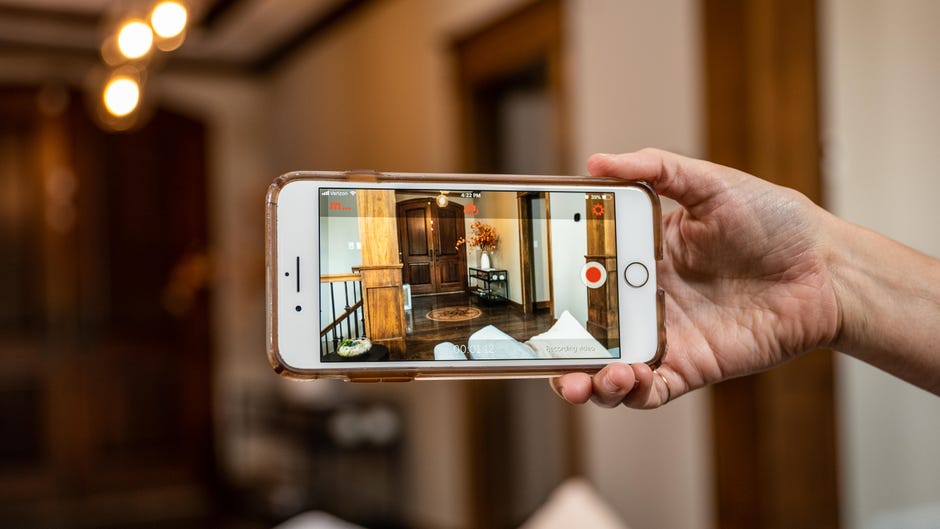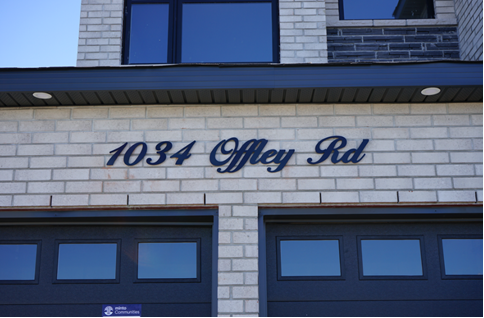There are many varieties of security camera options that are available. If you’re looking to include surveillance security cameras of your house, then the number of choices there are might overwhelm you. However, with a bit of investigation, you’ll be able find the best security cameras to fit your specific needs. If you are in the market for cameras for your home security or security cameras for your company, you will need to explore all the options before making an informed choice.
First, You Will Need To Choose Between Wireless And Wired Security Cameras
Both models have advantages and drawbacks. Wireless cameras typically are more stable in connections to recording devices, and are more resistant to interruption. However, they have to be wired to your office or at home. This means that when you have selected their location and you are locked into it. The cctv system in various places within your workplace serves as a surveillance system and lets you see any inappropriate behavior in your workplace. Additionally, it might not be possible to connect cameras in all places. Cameras that are wireless can be put nearly everywhere and can be moved quickly when needed. Nevertheless, there is the possibility that their signal could be interrupted at times.
The decision of the best place to put your cameras is important. Do you wish to be able to record all activities that take place inside and outside your home? Are there particular location that is a prime area of vandalism? Do you wish them to serve as a dissuader to criminals or prefer to be able to record from a hidden place? The location the cameras are going to decide an enormous amount in terms of the types of cameras you require for surveillance.

It Is Also Important To Decide Whether You Would Like Cameras That Are Black And White Or Full Colour Cameras
Cameras that use black and white generally cost less than full-colour security cameras. They are great for everyday use and be able to see decent detail. Cameras in black and white typically are more effective in the dark than color cameras. Colour cameras are much better in determining tiny aspects like the colour of the shirt of someone who is breaking into your house. They require a source of light to function, however. Using colour cameras in darkness results in nothing other than black screens. Certain cameras can change between white and black based on the lighting conditions.
It is important to note that if intend to record in dim lighting conditions you must be aware of this when installing your security cameras. Some security cameras do not can see clearly in dark conditions. One way to address this issue and give your property more security is to add lighting in the areas where the cameras are recording. This will not only give you better quality footage it can also discourage criminals who tend to do their work in the shade of darkness. There are also security cameras that use infrared to shoot in dark conditions. They can be useful if you are forced to shoot in a dark location. Certain cameras for surveillance have an “night mode” that lets them instantly switch over to infrared recording whenever it is necessary.
Utilization of different varieties of security cameras
After you have decided where you’ll put your security cameras, and whether you’d like to shoot in the black-and-white format, you’ll be required to select the type of camera that you wish to utilize. Some of the more well-known types that security cameras can be found are dome cameras and bullet cameras. Dome cameras are among the most popular and widely used types of surveillance cameras. They are usually available in white or black, and are cameras that have an elongated cover.
The dome can be useful for a variety of reasons. For one it is difficult for someone who is looking towards the camera’s security system to know which direction it is facing. This lets you protect more of a large area because nobody can know what you are recording. The dome also offers security for the camera. The drawback is that surveillance cameras do not usually work in low-light circumstances.




